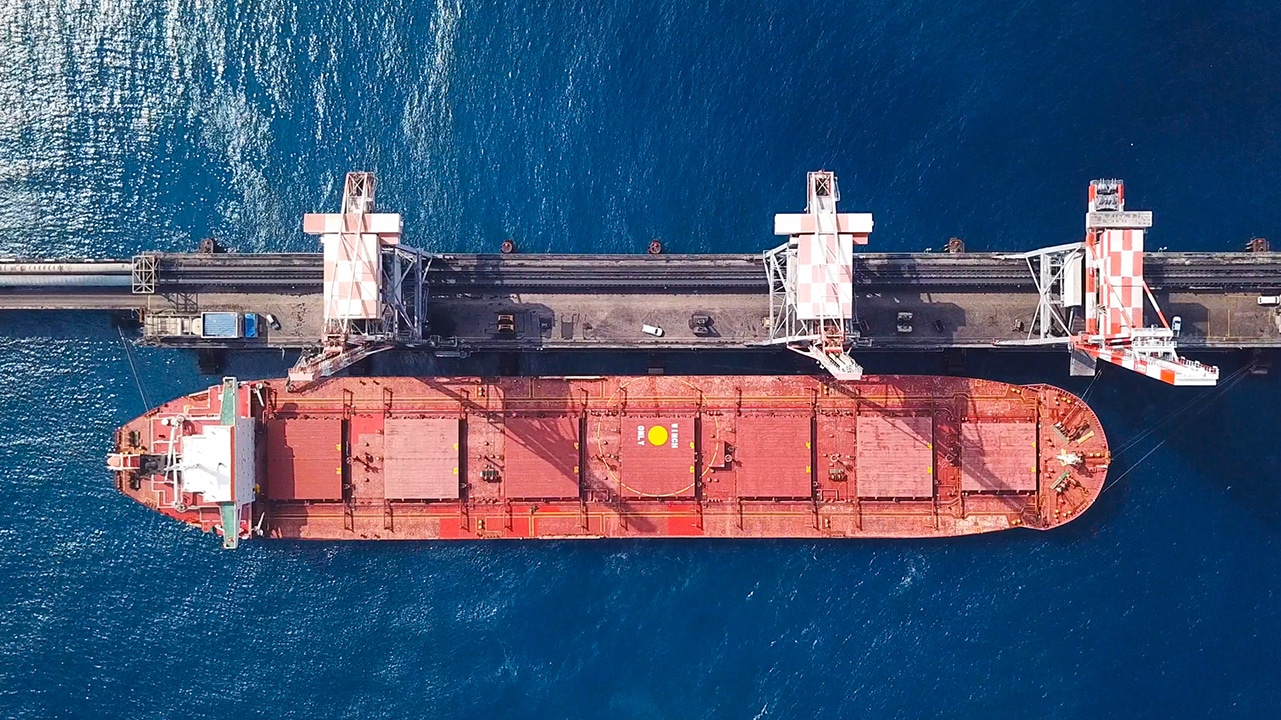Fumigation is a vital procedure on ships to protect cargo from parasites and pests during transit. Given the vast distances traveled, ships can become contaminated by pests from various locations. The fumigation process involves applying specific chemicals in the cargo hold, requiring a sealed environment to be effective. This safeguards cargo and prevents financial losses due to pest damage.
However, fumigants pose significant risks that the crew must understand to avoid serious incidents. Many countries have laws governing fumigation, making it both a safety measure and a legal requirement. Crew members need to be familiar with this procedure to ensure cargo integrity, comply with international regulations, and maintain their safety during and after fumigation.
Highlights:
This course aims to equip learners with the essential understanding and knowledge needed to effectively implement and manage fumigation procedures on ships, ensuring compliance with regulations and enhancing safety during the process.
By the end of this course, you will be able to:
- Understand fumigation as a procedure, including its steps, types, and key elements.
- Identify the risks and safety measures associated with fumigation.
Legislation & References: Based on the requirements of the following:
- MSC.1/Circ.1264 – Recommendations on the safe use of pesticides in ships applicable to the fumigation of cargo holds
- MSC.1/Circ.1358 – Recommendations on the safe Use of Pesticides in Ships
- MSC.1/Circ. 1396 – AMENDMENT TO THE RECOMMENDATIONS ON THE SAFE USE OF PESTICIDES IN SHIPS APPLICABLE TO THE FUMIGATION OF CARGO HOLDS (MSC.1/CIRC.1264)
- IMDG Code Supplement · https://imfo.com/fumigation/
- Industry Best Practices
Duration: 20 minutes.
Who should attend:
- This course is addressed to Masters, Deck Officers, and Deck Crew.
Certificate: ABS






